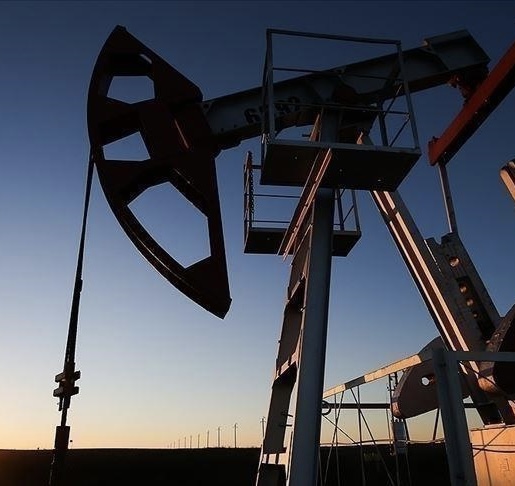KEY POINTS
- OPEC+ will raise output in November by just 137,000 barrels per day, below market expectations.
- Rising Venezuelan and Kurdish exports, plus soft Asian demand, are keeping the market oversupplied.
- Analysts expect refinery maintenance and weak Q4 demand to cap near-term price gains.
Oil prices edged higher on Monday after OPEC+ opted for a smaller-than-expected output hike for November, calming worries of a sharp supply influx but leaving markets cautious about the demand outlook heading into year-end.
Brent crude rose 1.4% to $65.42 a barrel by late morning in London, while West Texas Intermediate gained a similar margin to $61.72. The modest rally came after the oil-producing alliance—led by Saudi Arabia and Russia—announced plans to raise production by 137,000 barrels per day (bpd) next month, matching October’s increase and disappointing traders who had braced for a steeper boost.
“The market was expecting a somewhat larger increase from OPEC+,” said Janiv Shah, analyst at Rystad Energy. “But even this modest hike adds to what’s already an oversupplied balance heading into the fourth quarter.”
OPEC+’s latest decision underscores the group’s delicate balancing act—managing internal pressures to restore market share while preventing a price collapse as global consumption weakens.
Saudi Arabia Holds Prices Steady as Supply Overhang Builds
Behind the scenes, alliance politics played a familiar tune. While Russia reportedly pushed for the modest 137,000-bpd rise to avoid price shocks, Saudi Arabia had argued for a more aggressive increase—potentially up to four times higher—to regain lost market share.
The group’s restraint comes amid a wave of returning supply elsewhere. Venezuelan exports are ticking higher, Kurdish crude shipments through Turkey have resumed, and analysts say unsold Middle Eastern barrels for November are starting to pile up.
Adding to the mix, Saudi Aramco left its official selling price for Arab Light crude to Asian customers unchanged for a second month. Refiners in the region had anticipated a slight increase, but those expectations faded last week as premiums for Middle Eastern grades fell to their lowest levels in nearly two years.
Beyond supply, the demand picture looks fragile. Analysts expect the upcoming refinery maintenance season in the Middle East to temporarily reduce crude runs and dampen buying activity through the fourth quarter.
The U.S. Energy Information Administration last week reported a larger-than-expected rise in crude, gasoline, and distillate inventories, reflecting weaker refining activity and slowing demand. That’s reinforced concerns that the global oil market could remain well supplied through early 2026.
Still, some analysts say the downside may be limited. “If production rises steadily but not excessively, prices could stabilize,” said Chris Beauchamp, chief market analyst at IG Group. “The real wildcard is the U.S. economy—if it reaccelerates into 2026, demand could recover faster than expected.”
Despite U.S. pressure on India to curb Russian oil purchases, New Delhi said its refiners continue to access sufficient Russian crude. Supply disruptions from attacks on Russian energy facilities have paradoxically increased spot availability, helping steady the market.
With a patchwork of geopolitical dynamics—from OPEC+ decisions to Russian flows—traders see oil prices oscillating in a tight range, with little sign of breakout momentum until global demand rebounds.



